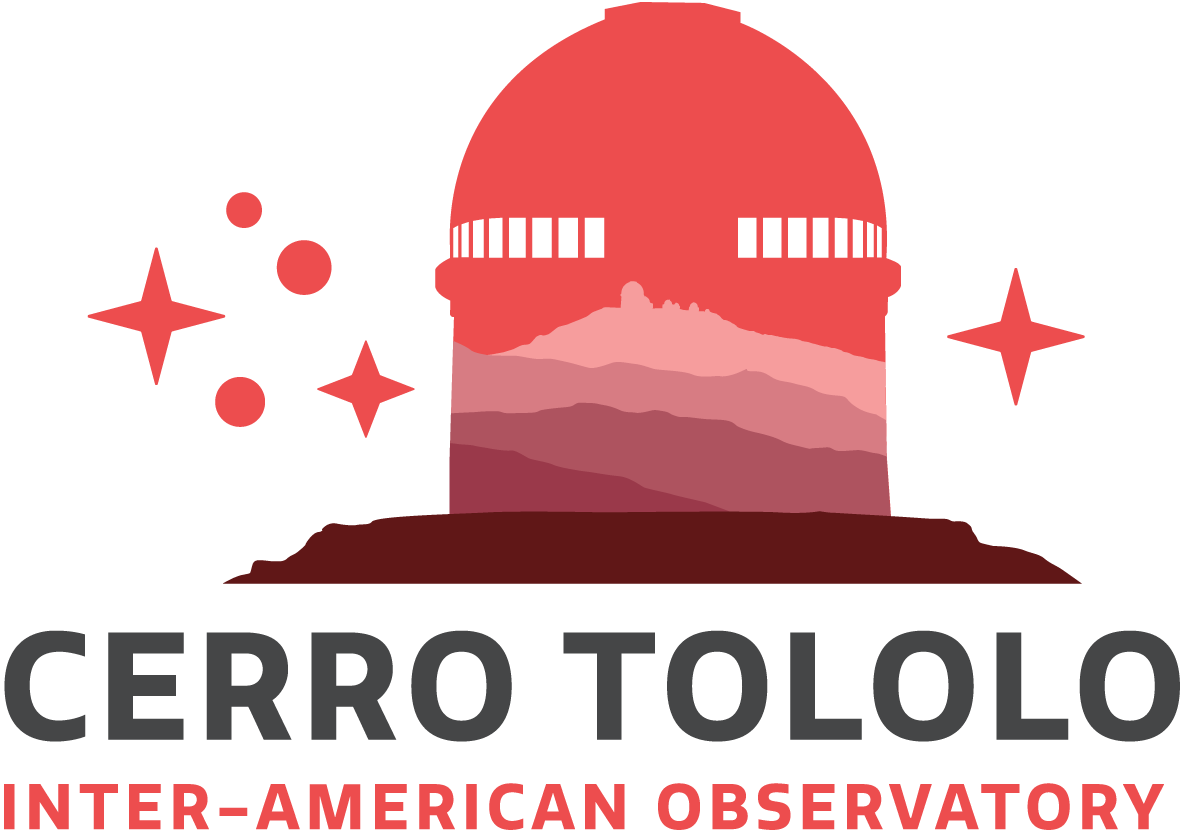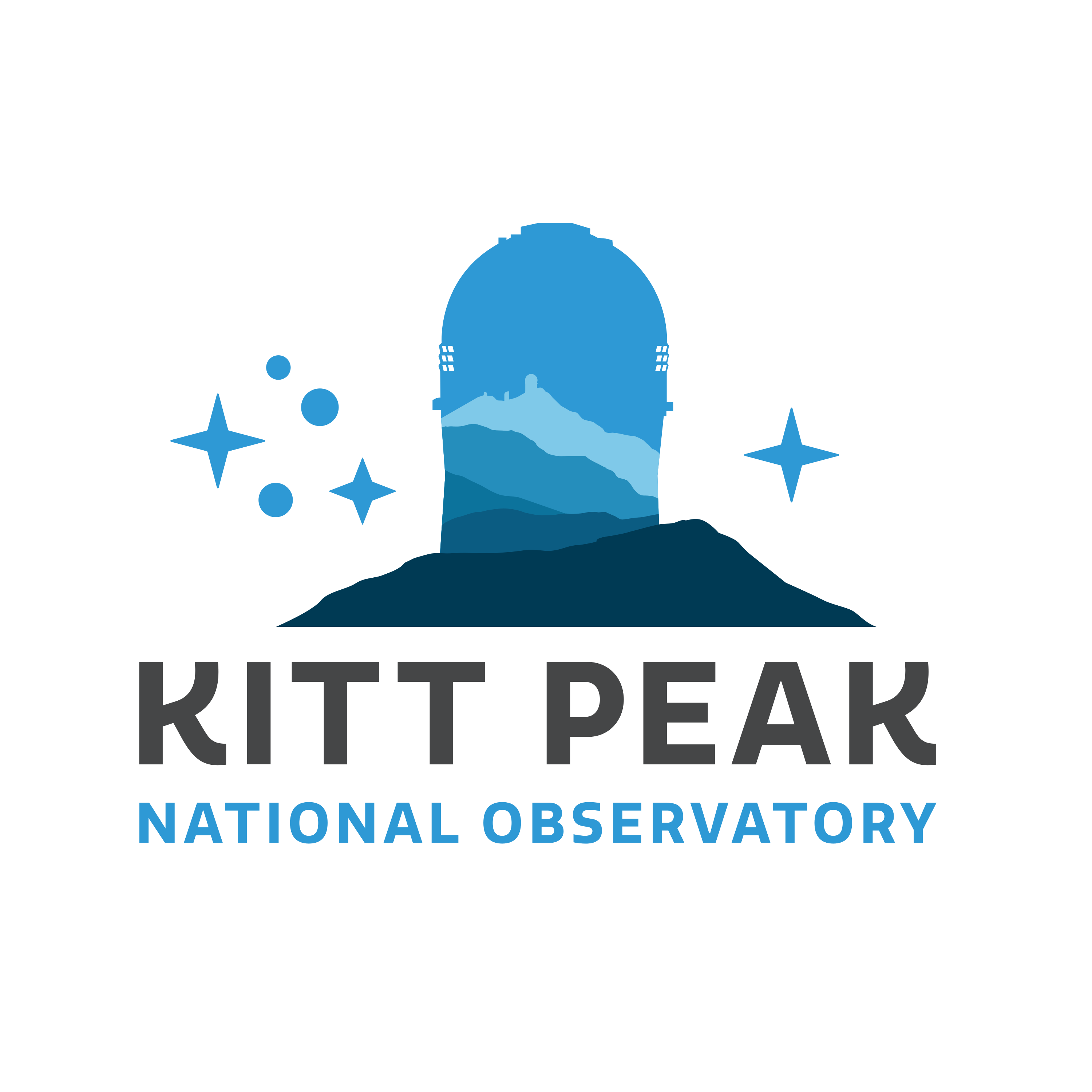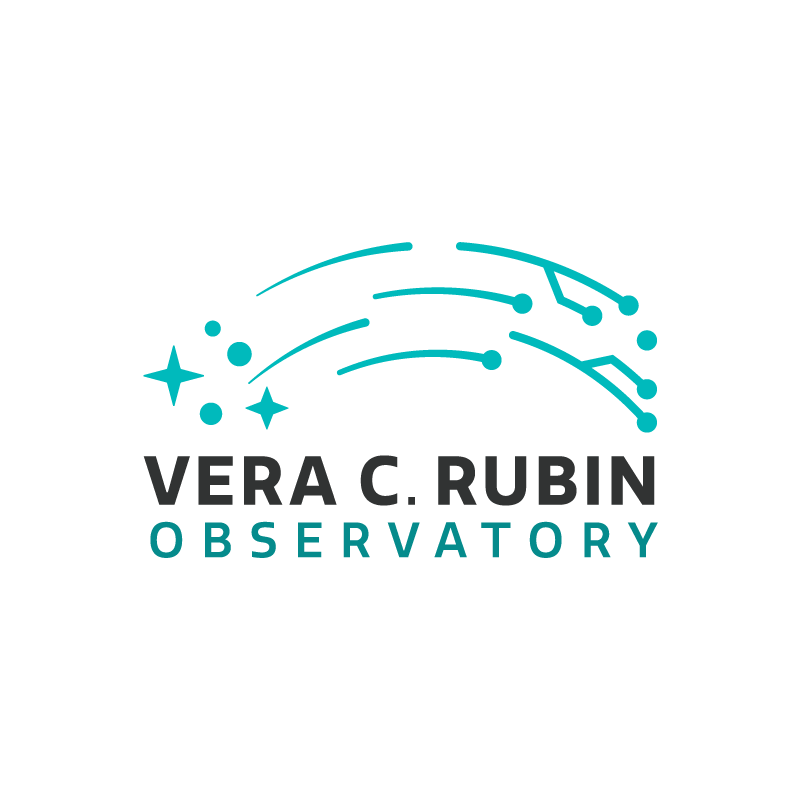IAU CPS Welcomes Support from G7 Science Ministers on Dark and Quiet Skies
Science and technology ministers of the G7 forum have for the first time stressed the importance of continuing to discuss the impact of large satellite constellations on astronomy
18 May 2023
The G7 Science & Technology Ministers met in Sendai, Japan, over the weekend. Their position on various issues was captured in an official communiqué adopted ahead of the G7 Summit in Hiroshima, Japan 19–21 May 2023. The G7 consists of Canada, France, Germany, Italy, Japan, the United Kingdom, and the United States.
“We recognize the importance of continued discussion, in the UN COPUOS and International Telecommunications Union (ITU) frameworks, as well as with the International Astronomical Union (IAU) on the impact of large constellations of satellites on astronomy for the protection of the dark and quiet skies.”
— G7 Science and Technology Ministers’ Communique
Telescopes operating in the optical, near-infrared, and radio wavelengths are all threatened by the large number of satellites being launched into near-Earth orbit. The IAU Centre for the Protection of the Dark and Quiet Sky from Satellite Constellation Interference (IAU CPS), co-hosted by the SKAO and NOIRLab, was created to address the issue. Through mitigations and close collaboration with industry, it aims to protect the substantial government investments in astronomical research facilities and achieve productive co-existence between such facilities and the satellite constellations.
Several astronomical societies and organizations, in particular the European Astronomical Society, the UK’s Royal Astronomical Society, the European Southern Observatory, and SKAO, were closely involved in highlighting the importance of the issue to ministers.
IAU CPS Director Piero Benvenuti said: “We are grateful to the G7 science ministers for recognizing the importance of continued discussion on the impact of large constellations of satellites on astronomy to protect dark and quiet skies. It shows that the astronomical community’s work to raise awareness of this issue is being successful, and that the net positive impact of astronomy on society is recognised at the highest levels.”
The IAU, the SKAO and the European Southern Observatory are permanent observers on the United Nations Committee on Peaceful Uses of Outer Space (UN COPUOS), where they are currently engaging with governments to support the creation of an expert group to look at the effects of satellite mega-constellations on astronomy. The SKAO is also a sector member of the International Telecommunications Union, the UN specialized agency for information and communication technologies, including use of the radio frequency spectrum.
More information
NSF NOIRLab (National Optical-Infrared Astronomy Research Laboratory), the US center for ground-based optical-infrared astronomy, operates the International Gemini Observatory (a facility of NSF, NRC–Canada, ANID–Chile, MCTIC–Brazil, MINCyT–Argentina, and KASI–Republic of Korea), Kitt Peak National Observatory (KPNO), Cerro Tololo Inter-American Observatory (CTIO), the Community Science and Data Center (CSDC), and Vera C. Rubin Observatory (operated in cooperation with the Department of Energy’s SLAC National Accelerator Laboratory). It is managed by the Association of Universities for Research in Astronomy (AURA) under a cooperative agreement with NSF and is headquartered in Tucson, Arizona. The astronomical community is honored to have the opportunity to conduct astronomical research on Iolkam Du’ag (Kitt Peak) in Arizona, on Maunakea in Hawai‘i, and on Cerro Tololo and Cerro Pachón in Chile. We recognize and acknowledge the very significant cultural role and reverence that these sites have to the Tohono O’odham Nation, to the Native Hawaiian community, and to the local communities in Chile, respectively.
The IAU is the international astronomical organisation that brings together more than 12 000 active professional astronomers from more than 100 countries worldwide. Its mission is to promote and safeguard astronomy in all its aspects, including research, communication, education and development, through international cooperation. The IAU also serves as the internationally recognised authority for assigning designations to celestial bodies and the surface features on them. Founded in 1919, the IAU is the world's largest professional body for astronomers.
The SKAO, formally known as the SKA Observatory, is an inter-governmental organisation composed of Member States from five continents. Its mission is to build and operate cutting-edge radio telescopes to transform our understanding of the Universe, and deliver benefits to society through global collaboration and innovation. Headquartered in the UK, its two telescope arrays will be constructed in Australia and South Africa and be the two most advanced radio telescope networks on Earth. Through the development of innovative technologies and its contribution to addressing societal challenges, the SKAO will play its part to address the United Nations’ Sustainable Development Goals and deliver significant benefits across its membership and beyond. The SKAO recognises and acknowledges the Indigenous peoples and cultures that have traditionally lived on the lands on which the SKAO facilities are located.
Links
Contacts
Lars Lindberg Christensen
IAU Director of Communications
Tel: +1 520 461 0433/+49 173 38 72 621
Email: lars.christensen@noirlab.edu
William Garnier
Director of Communications, Outreach and Education, SKA Observatory
Email: William.Garnier@skao.int
Charles Blue
Public Information Officer
NSF NOIRLab
T: +1 202 236 6324
Email: charles.blue@noirlab.edu






